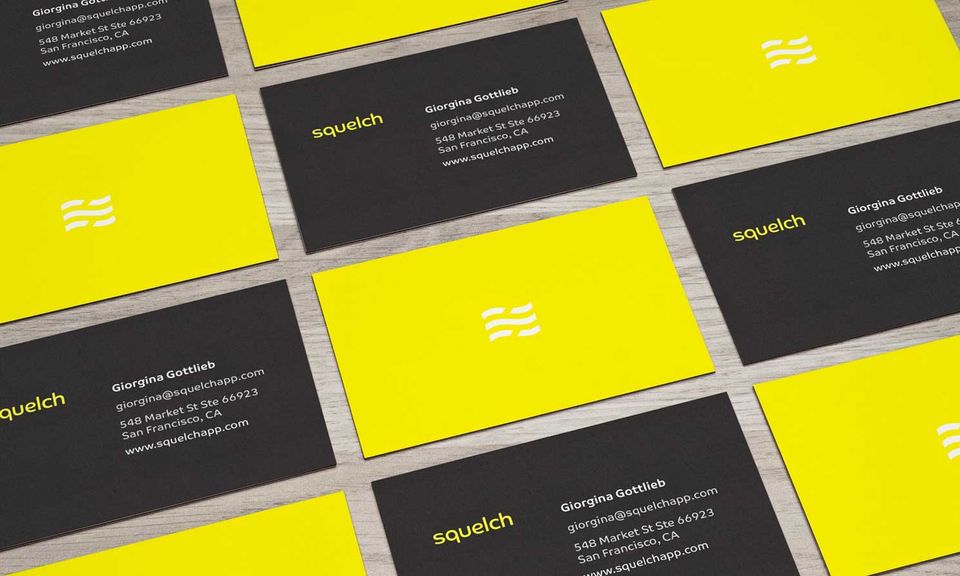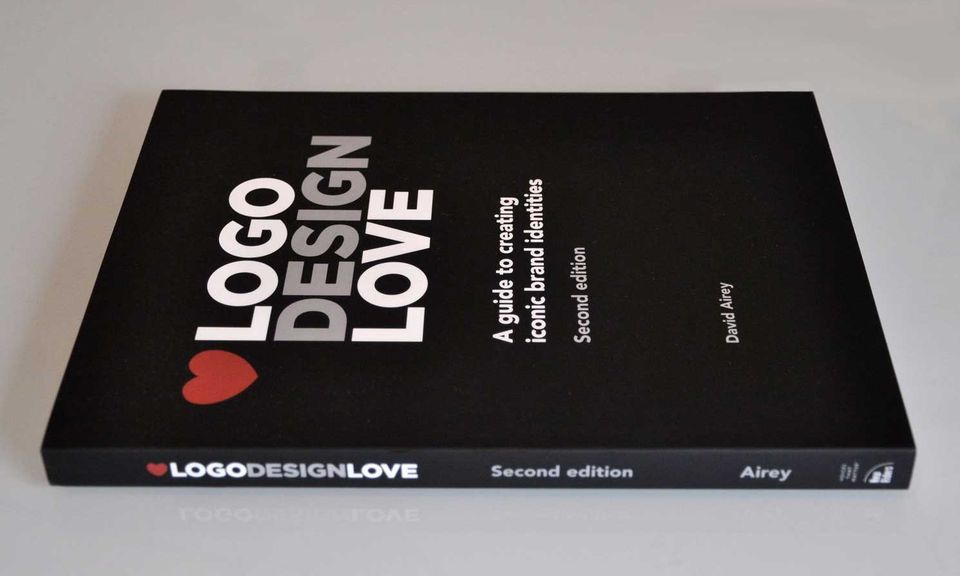Artist Spotlight: David Airey
January 3, 2020
Everyone’s work is deeply idiosyncratic: in our regular Spotlight segment we explore artists’ experiences and inspiration to understand what defines and inspires their unique styles.
Can you give us a brief background on yourself?
I was always fond of art classes in school. That led me to spending four years at college studying art and design before moving from Bangor, Northern Ireland, to Edinburgh, Scotland, where I got my degree in graphic communications management. Following an internship in the States, a post-grad diploma in Belfast, and some work experience as a designer for an Edinburgh-based cancer charity, I decided to take up self-employment specialising in brand identity work (what I most enjoyed). That was back in 2005, and since then things have gone very well. I still have a lot to learn, though.

Working from home, as I have done since 2005, means my commute is a few seconds rather than an hour or so each day. Add it up and that’s about 20 hours extra every month to spend with family, to spend outdoors, reading, relaxing, but also extra time to focus on doing the work I’m paid to do. So you could say my life’s more balanced, and clients benefit, too.
What is your greatest source of inspiration?
Reminding myself of how fortunate I’ve been growing up in a settled, loving family, always sheltered, fed, and clothed. I’ve seen a lot of people living on the streets or in tents, through no fault of their own — people who’d give almost anything to be in my situation. I hope I never take for granted that I spend a lot of my time in a job I love.
Could you pick one piece of art that has made a lasting influence on you, and if so why?
I can’t. Art has an influence on me, but it’s more of a continual appreciation when I see something new rather than remembering just one piece above the rest.
What skills or techniques do you find most useful in your line of work? Do you use primarily traditional or digital methods to create your artwork?
Curiosity — the ability to get interested in the work I’m doing, and to retain that interest throughout the course of a project, is the biggest factor in the success of my designs. I’ll always have a pen and paper at hand, and I’ll use them before a computer. I just find it easier to record ideas when sketching. But when it comes to a polished presentation using a computer obviously makes all the difference.
Can you give our readers a tip or trick you have come across that you have come across that has made your work a lot easier?
Let your clients do the talking. If you ask the right questions and if you listen for long enough they’ll tell you everything you need to know to get the job done.
David’s branding book, Logo Design Love, is also available on Amazon.
Scriba is a revolutionary digital stylus that is ergonomically designed to comfortably fit your hand and uses unique Squeeze-Motion technology. Order here.
Articles

In the period since COVID forced many of us back home and out of the office, remote work has become the new norm for many. The flexibility of working from home, especially for those with small children, is very compelling, but making a productive workspace is more than setting up a desk in the spare room. More people are seeking to create functional and comfortable workspaces in their homes, however, it can be difficult to strike the right balance between a professional office space and a cosy home environment. Here are some tips for designing a home workspace that meets both of these needs: Dedicate a specific area for work Designating a specific area for work is essential for separating work from leisure time. This could be a separate room or just a corner of a room. It is important to make sure that the workspace is free from distractions and clutter, as this will help you stay focused and productive. Choose the right furniture Ergonomic furniture is key to a comfortable and productive workspace. Invest in a comfortable chair, a desk that is the right height, and a good-quality mouse and keyboard. If you are prone to back pain, consider a standing desk. Add personal touches Just because your workspace should be functional, doesn’t mean it can’t be personal. Add photos, plants, and other personal items to make the space feel like your own. This will help create a sense of comfort and make you feel at home in your workspace. Good lighting Good lighting is essential for a comfortable workspace. If possible, place your desk near a window for natural light. If not, invest in a high-quality desk lamp to provide bright, even light. Keep it organised An organised workspace will help you stay productive and focused. Use desk organisers, filing cabinets, and other tools to keep your work area free from clutter. A clean and organised workspace will also help you start each day with a clear mind. Consider your work style Think about the type of work you do and how you like to work. If you prefer a minimalist workspace, opt for a simple desk and a few basic supplies. If you need space for multiple screens and other technology, make sure you have enough room to work comfortably. Take breaks It’s important to take breaks throughout the day to avoid burnout. Step away from your desk, go for a walk, or do some stretching exercises to clear your mind and recharge.











